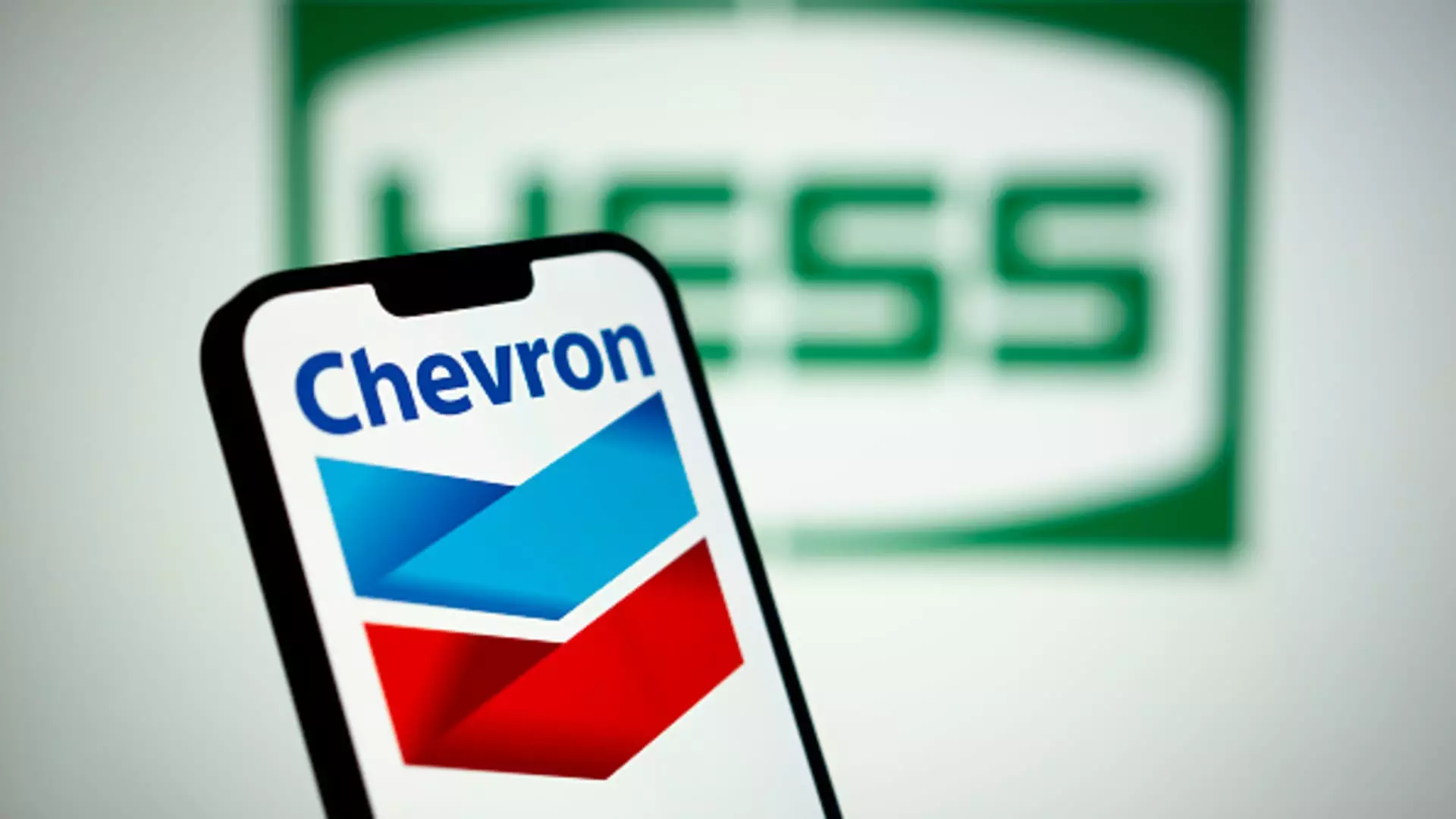Chevron has recently disclosed its third-quarter financial results, showcasing a complex picture of profitability amid fluctuating market conditions. While the oil giant surpassed both earnings and revenue expectations, it also experienced a notable decline in profits compared to the same period last year. This duality highlights the intricate nature of the energy sector, where external factors can significantly influence financial outcomes.
In the latest quarter, Chevron reported earnings per share of $2.51—exceeding analysts’ forecasts of $2.43. The revenue of $50.67 billion also beat the expected figure of $48.99 billion; however, it marked a 6% decrease from the prior year’s $54.1 billion. The net income plummeted by 31%, reflecting a challenging operational environment, particularly in refining margins and product prices.
Despite these financial hurdles, Chevron’s commitment to returning capital to its shareholders stands out. The company announced an unprecedented $7.7 billion return, comprising $4.7 billion in share buybacks and $2.9 billion in dividends. This strategy aims to bolster shareholder confidence and maintain stock attractiveness even as broader economic pressures mount.
Such moves indicate Chevron’s intention to reassure investors, especially as its share price remains largely stagnant over the year, in contrast to the 6% gains in the S&P 500 energy sector. By prioritizing shareholder returns, Chevron aims to mitigate the impact of fluctuating oil prices and other economic uncertainties.
Chevron’s current strategy entails a significant restructuring of its asset portfolio. With anticipated divestitures in Canada, Congo, and Alaska set to conclude by the fourth quarter of 2024, the company is aiming to streamline operations and enhance overall efficiency. This approach is particularly critical as Chevron plans to achieve cost savings ranging from $2 billion to $3 billion from 2024 through 2026.
The proactive restructuring mirrors broader market trends where energy companies are increasingly optimizing their portfolios to focus on high-return assets amid a volatile landscape. This initiative may help Chevron navigate through reduced profit margins while positioning itself for future growth.
However, Chevron faces substantial headwinds, particularly with its proposed $53 billion acquisition of Hess Corp. The collaboration has encountered regulatory scrutiny, with the FTC approving the deal but placing restrictions on board appointments. Moreover, a legal dispute with Exxon Mobil threatens the transaction’s viability, adding another layer of complexity.
The outcome of this arbitration could determine Chevron’s strategic direction in the near future. If Exxon’s claim over Hess’s lucrative assets in Guyana ultimately prevails, Chevron may find itself at an impasse, needing to reassess not only the Hess acquisition but broader operational strategies.
As Chevron navigates the complexities of the current market landscape, it finds itself in a balancing act. While the company has managed to achieve impressive shareholder returns amidst declining profits, significant challenges lie ahead, underscoring the unpredictable nature of the oil and gas industry. Chevron’s ability to adapt to evolving market conditions and pursue strategic growth initiatives will be instrumental in shaping its future success. As stakeholders watch closely, the coming months will be pivotal for Chevron’s operational and financial trajectory.

